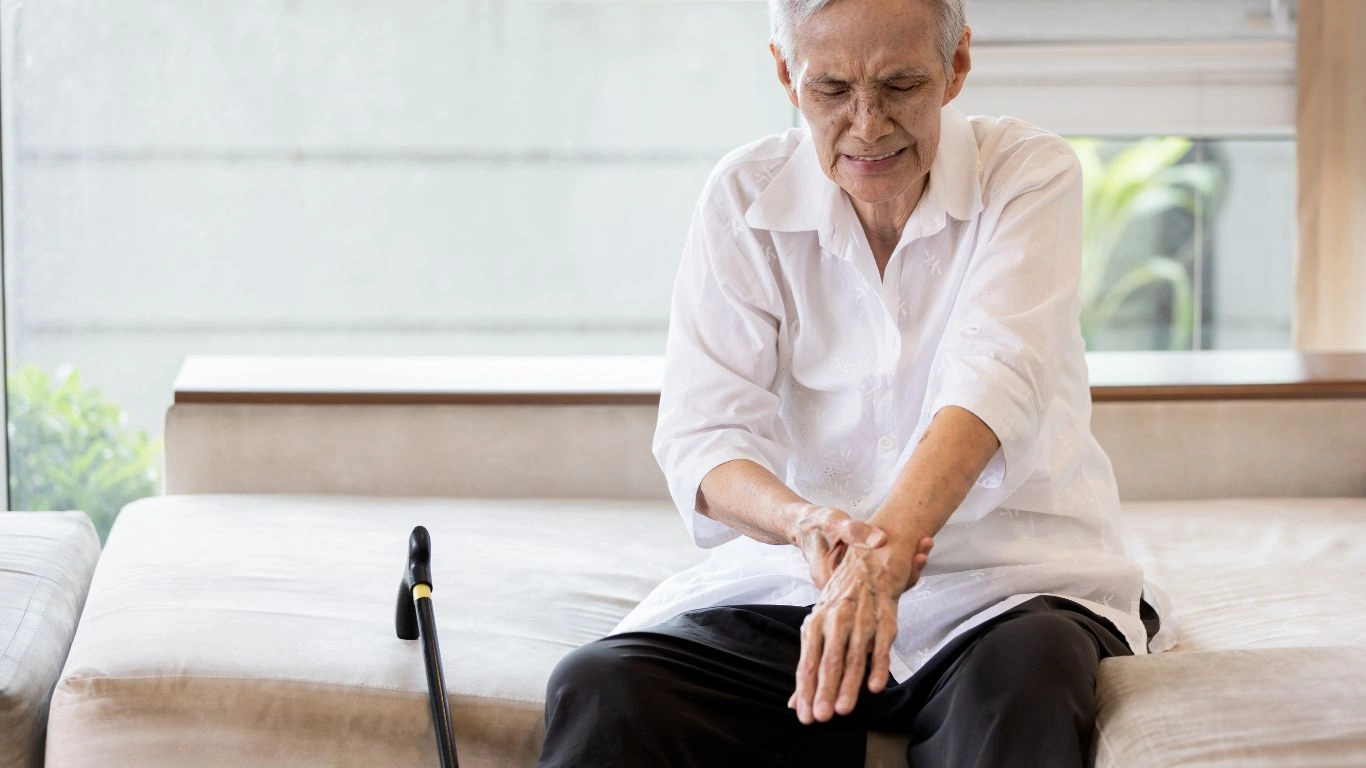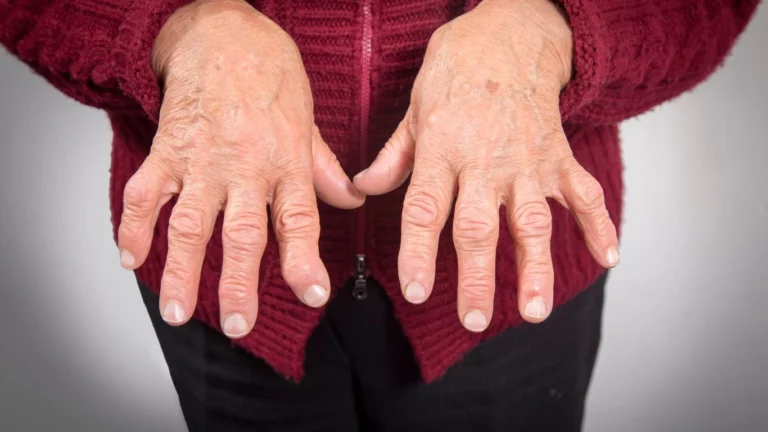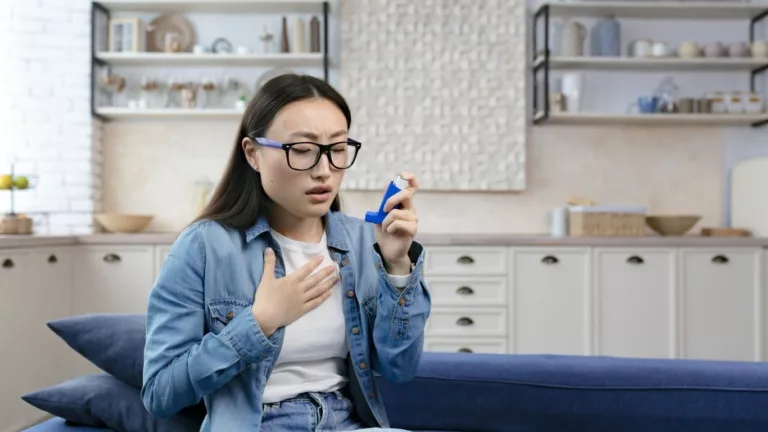Easy Fixes to Reduce Morning Stiffness in Fingers Naturally
If you’re anything like the patients I see in clinic each week, chances are you’ve googled “how to reduce morning stiffness in fingers” more than once—usually while trying to pry your coffee mug from your aching hands. As a Rheumatology nurse practitioner, I’ve had countless conversations about that frustrating, stubborn morning stiffness that makes you feel twice your age when you first wake up. I’ve also had my own wrist and finger issues during flare-ups (yes, even us healthcare folks aren’t immune), so I get how defeating it can feel to start every day with that “rusted hinge” sensation. But here’s the good news: you can take real, manageable steps to reduce it. Let’s dig into what works—not just in theory, but in real-life, day-to-day practice.
What Causes Morning Finger Stiffness?
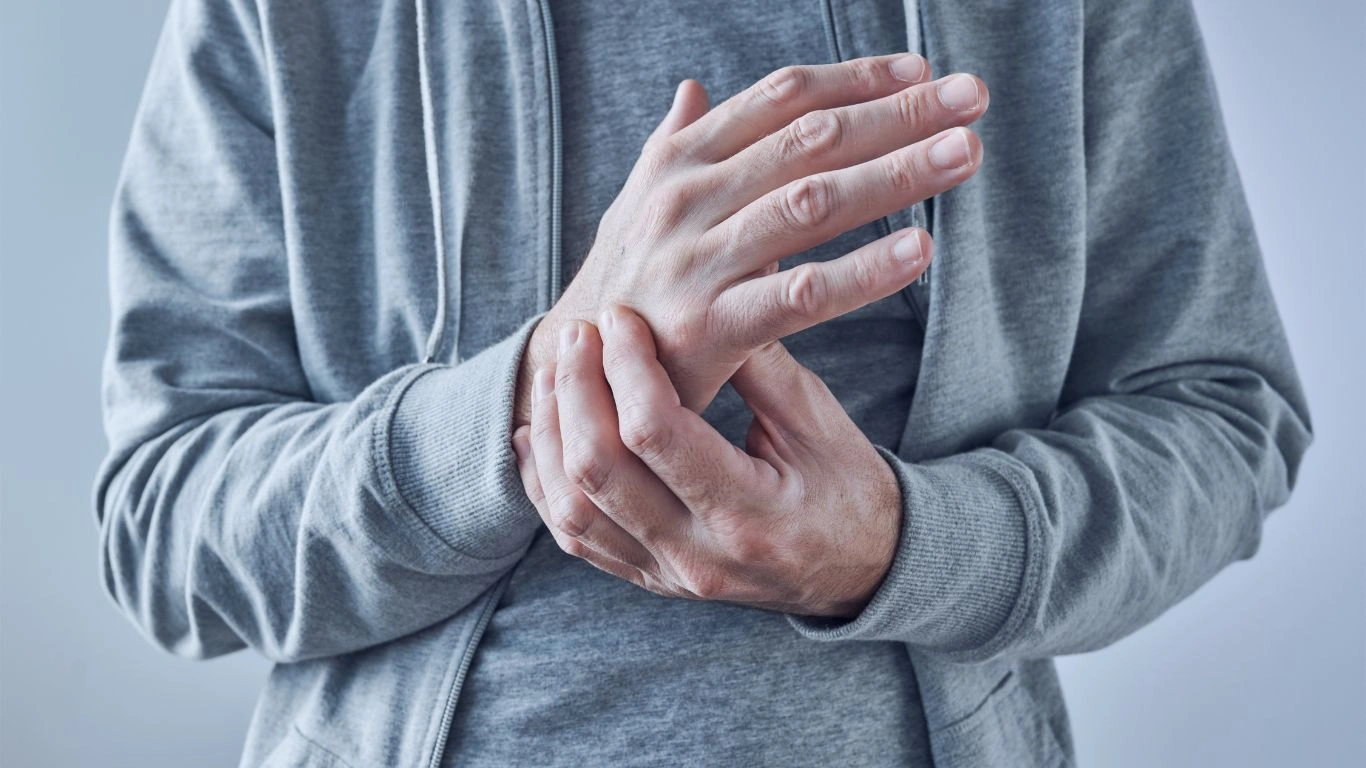
Before we can tackle how to reduce morning stiffness in fingers, let’s talk about why it happens in the first place. The culprit is often inflammation. In conditions like rheumatoid arthritis (RA), your immune system is constantly “on,” causing swelling and pain in your joints—even while you sleep. And since movement helps circulate synovial fluid (that slick stuff that keeps your joints gliding), being still all night lets stiffness build up like gunk in an old engine.
Even without a formal diagnosis, things like osteoarthritis, repetitive use, or poor sleep posture can lead to that early morning finger lock-up. I’ve seen patients who type all day or knit every night deal with it too. Bottom line: stiff fingers aren’t just annoying—they’re a message from your body that it needs some support.
Simple Morning Routines That Can Make a Huge Difference
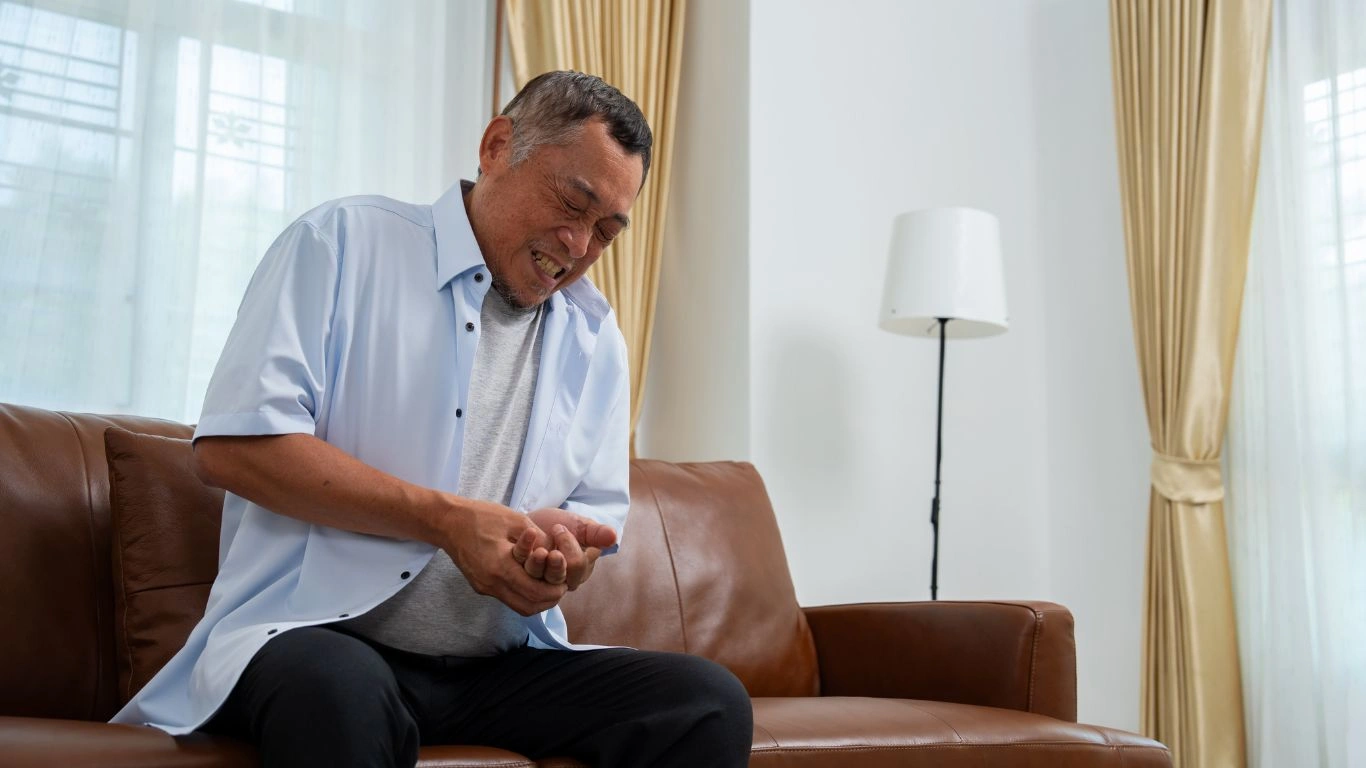
1. Warm Up Before You Even Get Out of Bed
Yep, I’m talking about hand warm-ups before your feet even hit the floor. One tip I often share with my patients (and use myself during flare days) is to keep a warm compress or heating pad by your bedside. Slip it over your hands for 5–10 minutes before getting up. That warmth boosts blood flow and loosens the connective tissues.
- Try microwavable mittens or rice socks—easy DIY options.
- Avoid overly hot water—it can dry out skin and worsen pain later.
2. Try Gentle Range-of-Motion Movements
Next up: slow, steady motion. Think of it like stretching before a workout, but for your fingers. These exercises aren’t meant to be aggressive—they’re about easing your joints into the day:
- Make a loose fist, then slowly stretch your fingers out wide. Repeat 5–10 times.
- Touch your thumb to each fingertip like a “finger tap dance.”
- Rotate wrists in slow circles—clockwise and counterclockwise.
Doing these before heading to the kitchen can actually cut down your stiffness window by half. And yes, I’ve tested that on myself more than once during early clinic days.
3. Use Moist Heat in the Shower
Let’s be honest: if you’re not a morning person, getting moving is hard enough. Add pain to that, and it’s a recipe for frustration. That’s where your morning shower becomes more than hygiene—it’s therapy. Warm water works like a mini spa treatment for your joints.
- Let the water run over your hands for several minutes.
- Use it as a chance to do finger stretches under the warmth.
- Add Epsom salts to a warm soak if you prefer baths over showers.
I had one patient who started doing stretches in the shower each morning—six weeks later, she told me she could finally open her pill bottles without help again. Little wins add up.
Anti-Inflammatory Tweaks That Help Long-Term
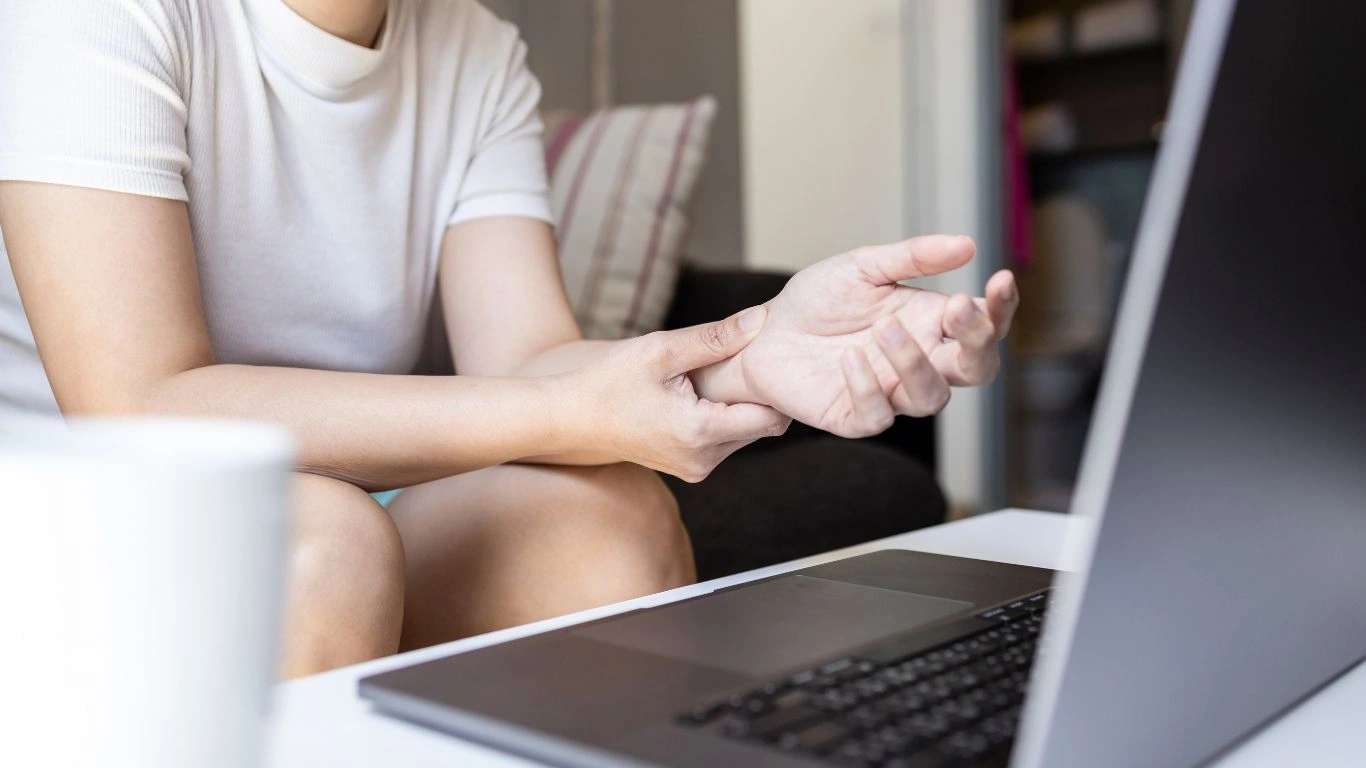
4. Review Your Diet—It Really Matters
This is where my science brain kicks in. You’d be amazed how much what you eat affects how you feel. Inflammation doesn’t just come from your immune system—it can be fueled by your diet, too. And I don’t mean going on some extreme cleanse.
Try easing into a more joint-friendly routine with these:
- Omega-3s: Salmon, flaxseed, chia—think anti-inflammatory powerhouses.
- Fruits & Veggies: Especially those rich in color—blueberries, spinach, beets.
- Limit: Refined sugars, processed meats, and fried foods.
I’ll be honest: I love my weekend pancakes, but even I noticed less morning joint tightness after swapping to a Mediterranean-style diet. Give it a shot. Start small and stay consistent.
5. Don’t Sleep on Ergonomics
Literally. The way you sleep can sneakily sabotage your joints. If your wrists are bent or compressed all night, you’re asking for trouble. I often recommend these small changes:
- Use a soft brace or splint while sleeping—especially during flare-ups.
- Switch to a contoured pillow to support your arms and shoulders better.
- Keep your hands elevated slightly with a small pillow under them.
It may sound a little overboard, but even adjusting your sleep posture can work wonders. I had one woman email me weeks after I suggested a wrist splint—she said her hands felt like they’d “aged backward” overnight. I’ll take that win any day.
Supplements and Topicals That Can Support Stiff Fingers
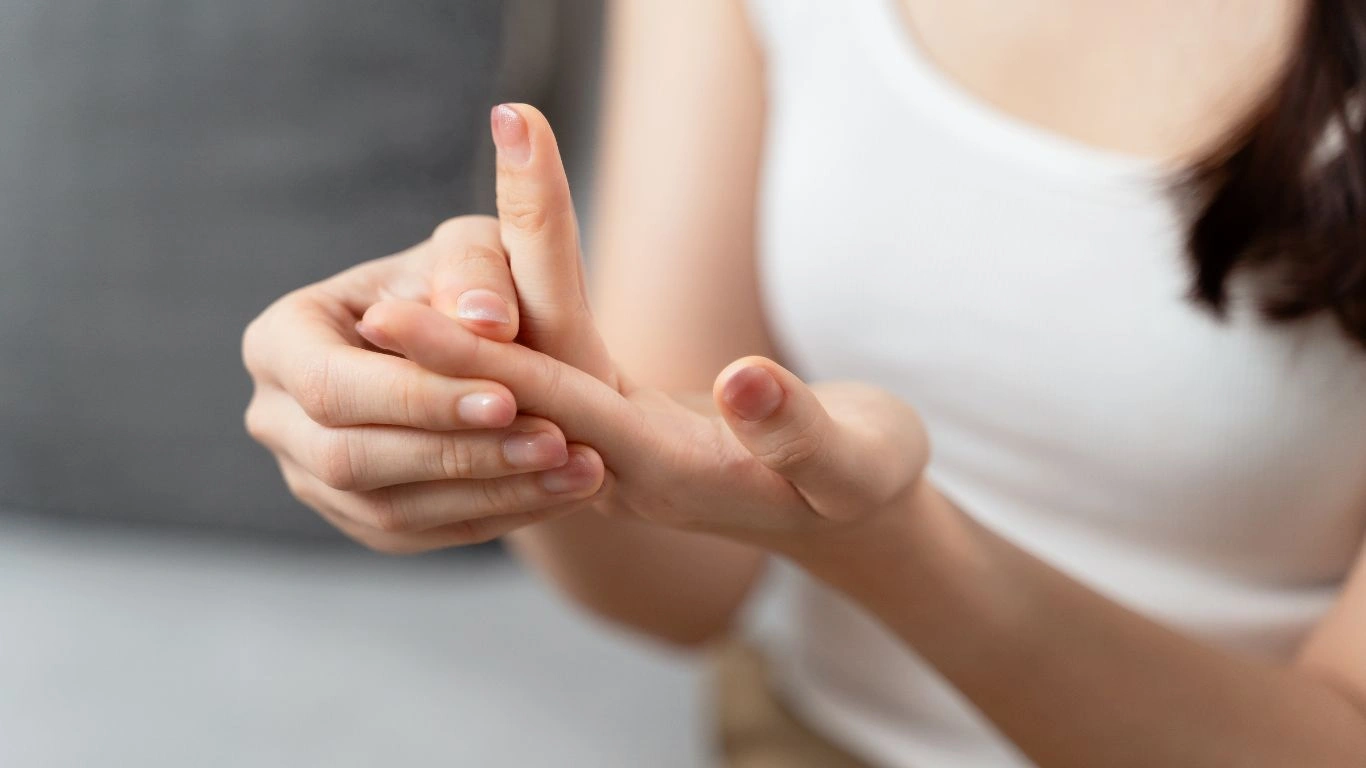
6. Consider Smart Supplementation
Now, I’m not one to push pills unless they truly help—but let me tell you, the right joint-supporting supplements can be a game-changer for reducing that persistent finger stiffness, especially in the mornings. In clinic, I’ve seen folks who were skeptical at first become total believers after a few weeks of consistent use. And I’ve tested some of these myself, just to understand what my patients are going through.
- Turmeric (Curcumin): Natural anti-inflammatory, especially when paired with black pepper extract (piperine) for absorption.
- Glucosamine & Chondroitin: Can help with joint cushioning and repair over time—best for those dealing with osteoarthritis-type stiffness.
- Vitamin D: Often overlooked, but low levels are linked to higher inflammation and stiffness. A quick blood test can check your levels.
- Fish Oil (Omega-3): We touched on this in Part 1, but it’s worth repeating. Great for reducing systemic inflammation that shows up in your joints.
If you’re considering adding any supplements, I always recommend checking in with your provider first. What works for one person may not jive well with another’s medications or conditions.
7. Topical Relief: Quick Comfort, Right Where You Need It
Sometimes, when your fingers feel like they’ve been wrapped in cement overnight, you just want something that works right now. That’s where topical treatments shine. I keep a few go-to creams and balms in my clinic drawer—and one in my own nightstand, especially on rainy days (those joints can feel the weather coming, can’t they?).
- Capsaicin Cream: Derived from chili peppers. It creates a warming sensation that distracts the brain from joint pain.
- Menthol or Camphor Balms: Classic choices like Biofreeze or Tiger Balm. Cooling relief with a slight numbing effect.
- CBD Creams: Anecdotally, some of my patients have reported real relief with high-quality topical CBD for stiffness and joint aches.
Apply these first thing in the morning, or even right before bed to prep your fingers for the night ahead. Just don’t touch your eyes afterward—I learned that the spicy way with capsaicin cream!
Incorporate Movement Throughout the Day
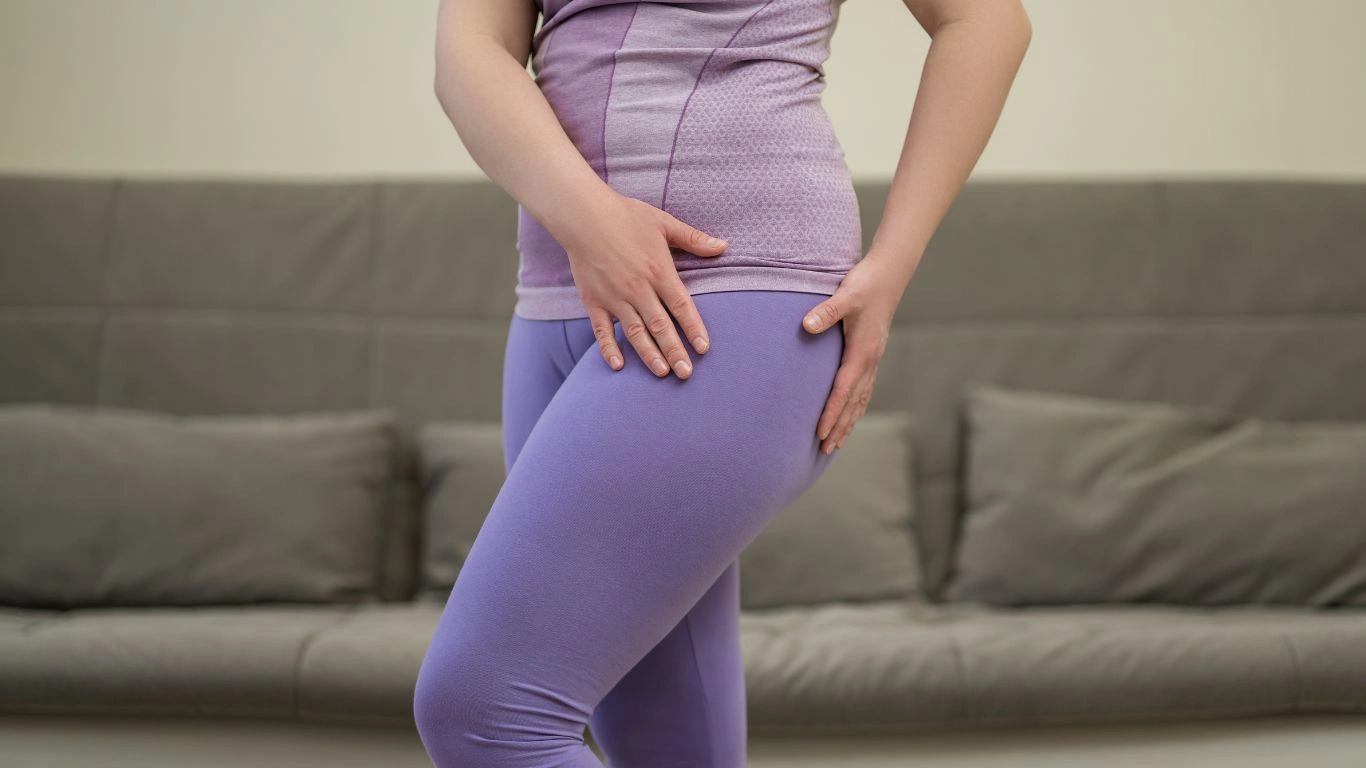
8. Little Movements = Big Improvements
This might surprise you, but sometimes the key to reducing morning stiffness in fingers starts with what you do the rest of the day. Sedentary routines make it harder for joints to stay limber. I’m not saying you need to run marathons—but finding moments for movement is clutch.
Here’s what I suggest to my patients (and do myself on clinic days when I’m writing notes for hours):
- Set a timer every hour to do 2–3 minutes of hand stretches or squeeze a therapy ball.
- Try “invisible piano”—press your fingers lightly down on a surface like you’re playing scales.
- Use rubber bands around your fingers to build resistance strength with small opening motions.
It’s all about consistency. You won’t notice overnight change, but within 1–2 weeks? The difference in morning pain and stiffness can be surprisingly noticeable.
9. Occupational Therapy Isn’t Just for Severe Cases
One of the best things I ever did for a patient with severe morning finger stiffness was refer her to an occupational therapist who specialized in hand mobility. Honestly, I wish more people knew this option existed even for mild-to-moderate symptoms.
- They tailor exercises to your hand structure and movement goals.
- Can fit you with custom splints or braces to wear overnight (much comfier than the drugstore ones).
- Help retrain your muscles and joints to move efficiently and reduce fatigue.
Whether you’re working a desk job or constantly on your feet, a few guided sessions can make your mornings feel less like a battle.
Mind-Body Connection: Stress and Stiffness
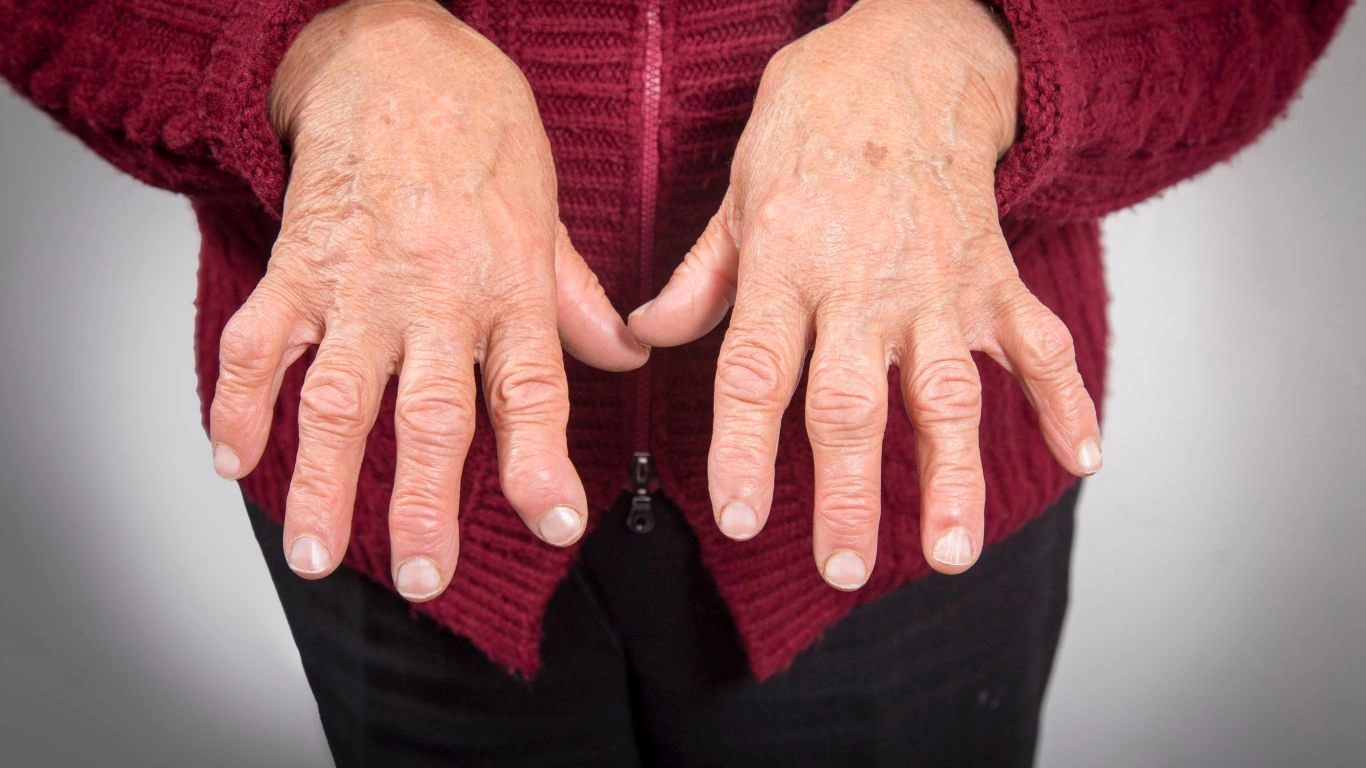
10. Don’t Underestimate the Role of Stress
Now this one might feel “woo-woo” to some folks at first, but hear me out. Chronic stress can seriously amp up your inflammation—and that includes inflammation in your joints. I’ve seen it firsthand in patients whose symptoms flare during life transitions, grief, or even long-term anxiety. It shows up in the body, especially in the form of that deep morning stiffness that just won’t go away.
Try adding just one of these low-stress practices to your day:
- Box breathing: Inhale for 4 counts, hold for 4, exhale for 4, hold again. Repeat a few times—your nervous system will thank you.
- Gentle yoga or tai chi: I love recommending these to my patients. The slow, intentional movements improve joint mobility and calm the mind.
- Journaling or gratitude lists: Five minutes at night helps your brain (and your immune system) chill out.
It doesn’t need to be fancy. Even just a walk around the block after dinner can reset your stress response. The goal here is to work with your body, not against it.
11. Track Your Progress—It’s More Motivating Than You Think
This one’s simple but powerful. Start a “stiffness log.” I suggest jotting down:
- How your fingers feel each morning (1–10 scale works well).
- What time you’re able to comfortably grip a toothbrush or make a fist.
- Any changes in diet, activity, or stress that day.
I had a patient who didn’t think anything was helping until she looked back at her notes after four weeks. Her morning stiffness time dropped from 90 minutes to 20. Sometimes progress is quiet—it helps to give it a voice.
When to Talk to a Rheumatology Specialist
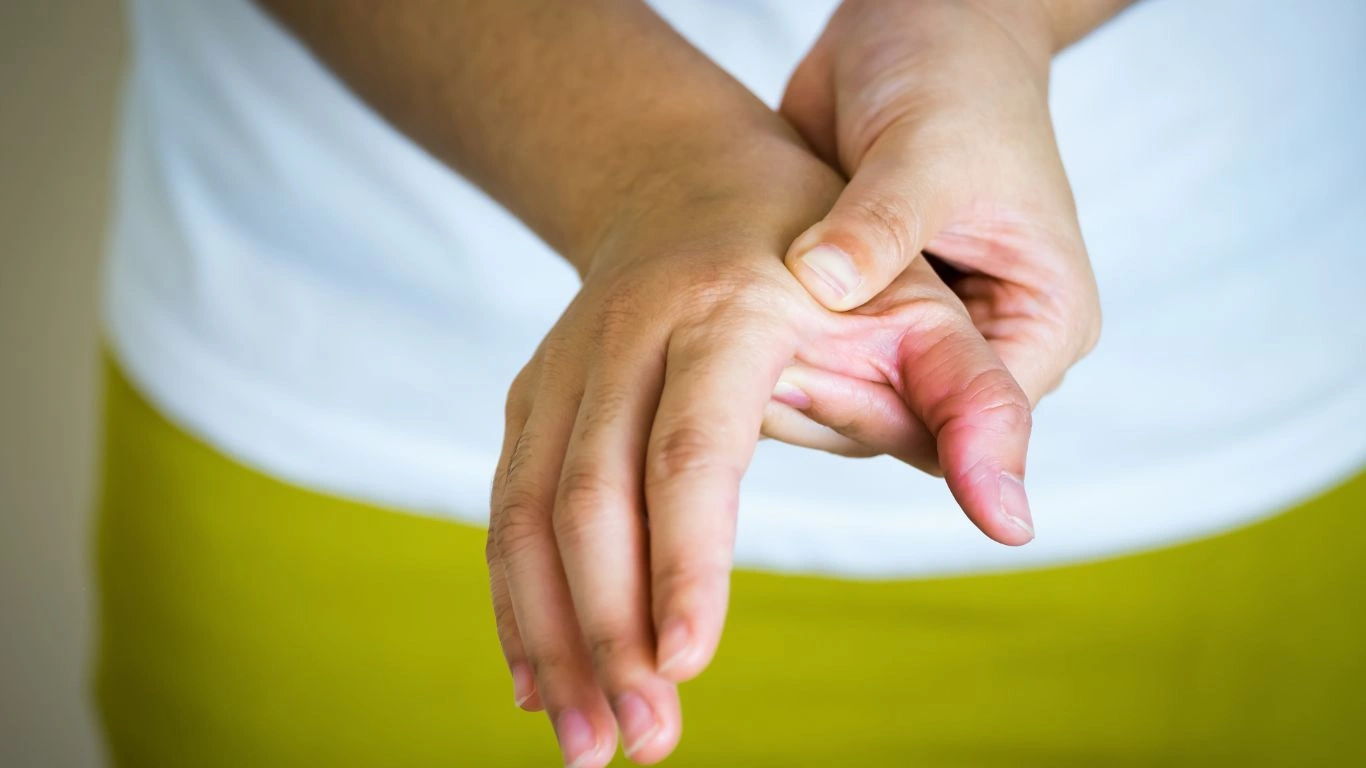
12. Don’t Wait Too Long to Get Help
Here’s something I’ve learned after years in rheumatology practice: too many people suffer in silence, thinking finger stiffness is just “part of getting older” or “not bad enough” to need a specialist. But if you’re consistently waking up with stiff fingers that take more than 30 minutes to loosen up, your body is trying to tell you something.
I’ve seen patients who waited years before coming in, and while we can absolutely improve symptoms at any stage, earlier is always better. The sooner we identify the root cause—whether it’s rheumatoid arthritis, lupus, psoriatic arthritis, or something else—the sooner we can slow progression and protect your joint function. That means preserving independence, not just comfort.
- Signs it’s time to see a specialist:
- Stiffness lasting more than an hour most mornings
- Swelling, redness, or warmth in finger joints
- Joint pain that wakes you at night
- Fatigue, low-grade fevers, or unexplained weight loss
You don’t have to “tough it out.” Getting evaluated doesn’t mean you’ll be put on heavy meds right away. Sometimes, it’s about making small adjustments to prevent bigger problems later.
Real Talk: Living With and Managing Chronic Stiffness
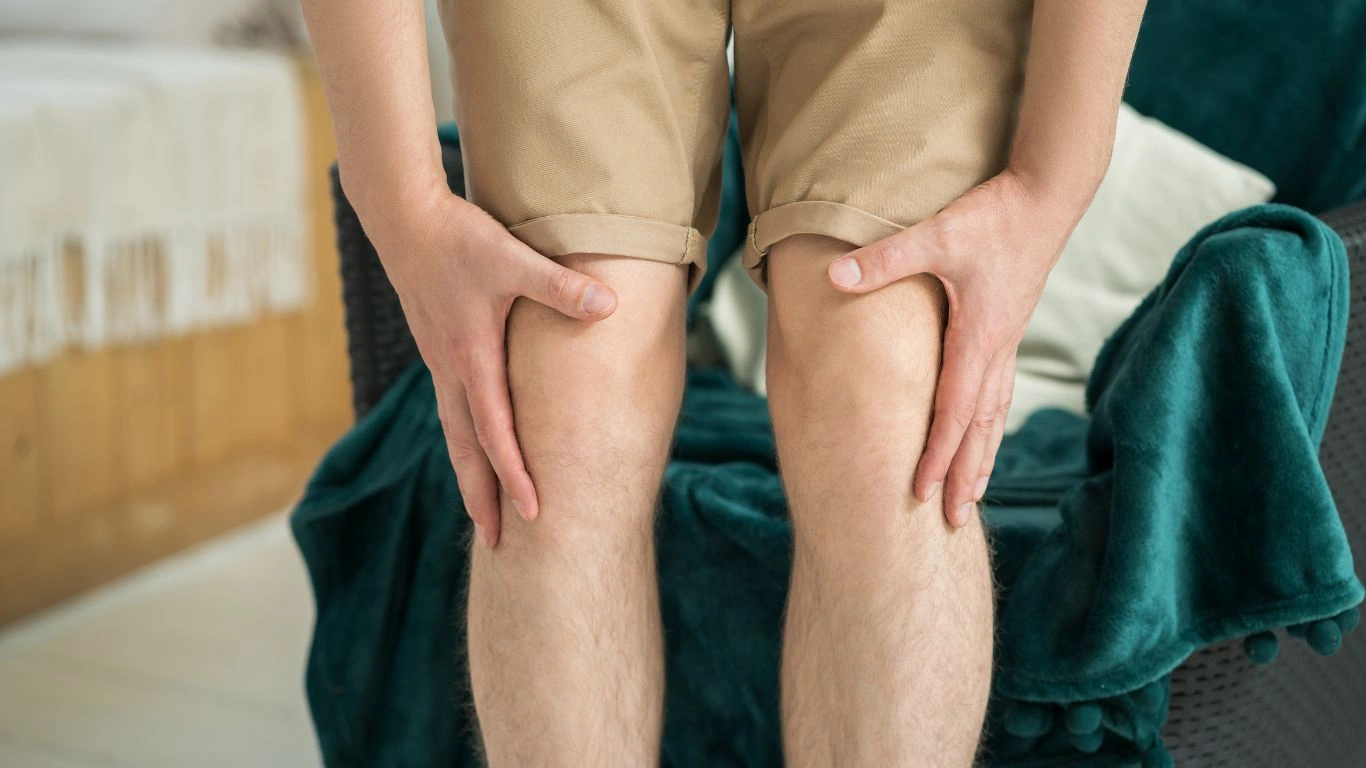
13. Accepting the Flare Days Without Giving In
Let’s be real. There will be days where your fingers feel like they’ve been replaced with concrete. That’s just the truth of living with an autoimmune or degenerative joint condition. And I say this not as a healthcare professional, but as someone who’s had to cancel plans because I couldn’t even tie my shoelaces without wincing.
But here’s the thing: flaring doesn’t mean failing. It doesn’t erase the progress you’ve made. Give yourself grace. Let your body rest when it needs to. Then pick up where you left off when you can. This balance is a huge part of sustainable symptom management.
- Heat therapy on flare days: warm paraffin wax baths are a lifesaver.
- Swap heavy tasks for gentler ones when needed—use adaptive tools (jar openers, wide-grip pens).
- Connect with others dealing with the same journey—it makes a difference emotionally.
One of my longtime patients once told me, “It’s not about beating the disease, it’s about partnering with my body.” That perspective stuck with me, and I share it often.
14. Celebrate the Wins—Even the Tiny Ones
This may sound small, but I encourage all my patients to recognize progress out loud. Did you make a fist today faster than yesterday? Great. Were you able to braid your daughter’s hair after a month of not being able to hold a comb? That’s huge. These little milestones stack up and carry you through tougher mornings.
I had a patient with RA who started walking her dog again because she finally found gloves that kept her hands warm enough in the morning. We celebrated that like it was a marathon—and honestly, for her, it kind of was. Celebrate all of it.
Preventing Future Stiffness: Stay One Step Ahead
15. Routine Blood Work and Follow-Ups Matter
If you’re already working with a rheumatologist, please keep up with your follow-ups. It’s not just about checking a box—it’s how we catch flares early, adjust meds, and prevent joint damage. Lab markers like CRP, ESR, and rheumatoid factor can guide treatment more than symptoms alone.
And if you’re on meds like methotrexate or biologics, those labs help keep you safe while we’re managing inflammation. It’s teamwork—between you, your provider, and your lab results.
16. Tech Tools That Can Help
We’re lucky to live in a time where there are tools that make managing chronic stiffness a bit easier. Here are a few I’ve seen work well:
- Wearable trackers: Some smartwatches can monitor sleep quality, which is often tied to flare-ups.
- Mobile apps: There are arthritis-specific symptom trackers that chart stiffness, pain levels, and flare triggers.
- Telehealth: You don’t always need to drive to a clinic. Check-ups from your couch = less stress, more flexibility.
And yes, I’ve had patients FaceTime me from their kitchen with their hand in a bowl of oatmeal (old-school heat therapy!) while we talk meds. You do what works.
Final Thoughts on How to Reduce Morning Stiffness in Fingers
If you’ve made it this far—first of all, hats off to you. You clearly care about your health and are ready to take steps that matter. Reducing morning stiffness in fingers isn’t about chasing some quick fix. It’s about layering habits, listening to your body, and making sustainable changes that add up over time.
From hand warm-ups and smart supplements to stress management and support from a specialist, every strategy you implement brings you closer to feeling like yourself again in the mornings. And that’s the goal, right? Less pain. More ease. More living.
Whether you’re just starting this journey or have been managing stiff joints for years, know that there is hope—and help. You’ve got this. And if you ever feel stuck, reach out to a trusted provider. You don’t have to figure it all out alone.
References
- National Institutes of Health (NIH)
- Health.com
- Centers for Disease Control and Prevention (CDC)
- Arthritis Foundation
Disclaimer
This article is for informational purposes only and is not a substitute for professional medical advice, diagnosis, or treatment. Always consult your healthcare provider before making any changes to your health routine, starting new supplements, or adjusting medications. The experiences and opinions shared here are based on clinical practice and personal observations as a rheumatology nurse practitioner.

Tarra Nugroho is a dedicated Nurse Practitioner with a strong foundation in family and preventive care. She brings both compassion and clinical expertise to her practice, focusing on patient-centered care and health education. As a contributor to Healthusias.com, Tarra translates medical knowledge into clear, empowering articles on topics like women’s health, chronic disease management, and lifestyle medicine. Her mission is simple: help people feel seen, heard, and informed—both in the clinic and through the content she creates. When she’s not caring for patients, Tarra enjoys weekend hikes, plant-based cooking, and curling up with a good health podcast.
